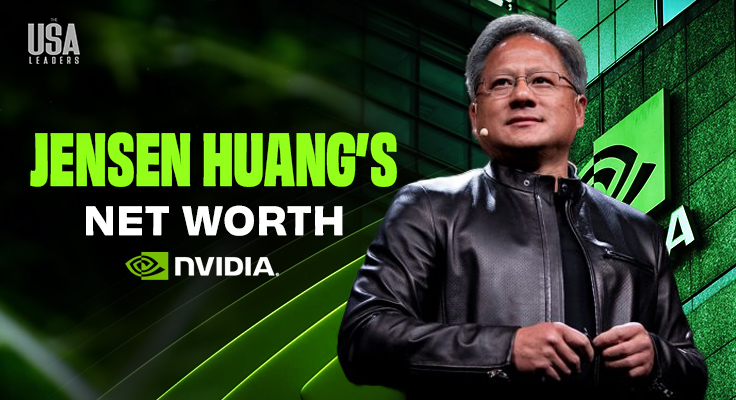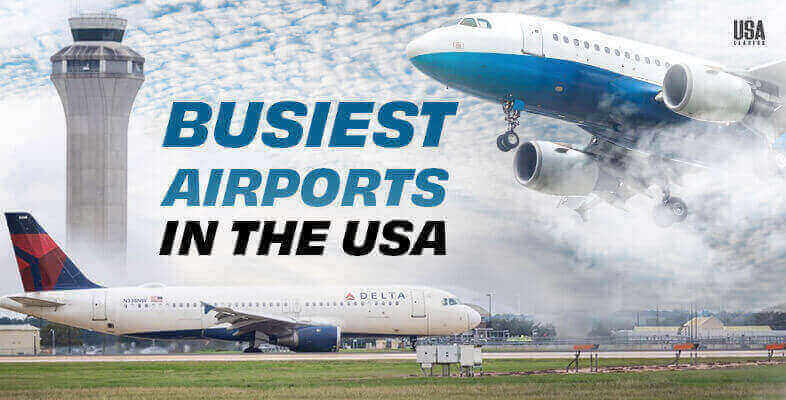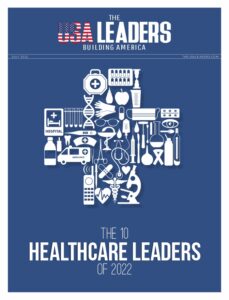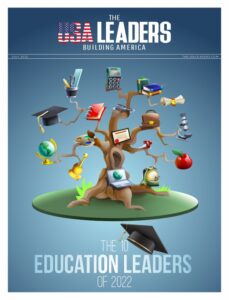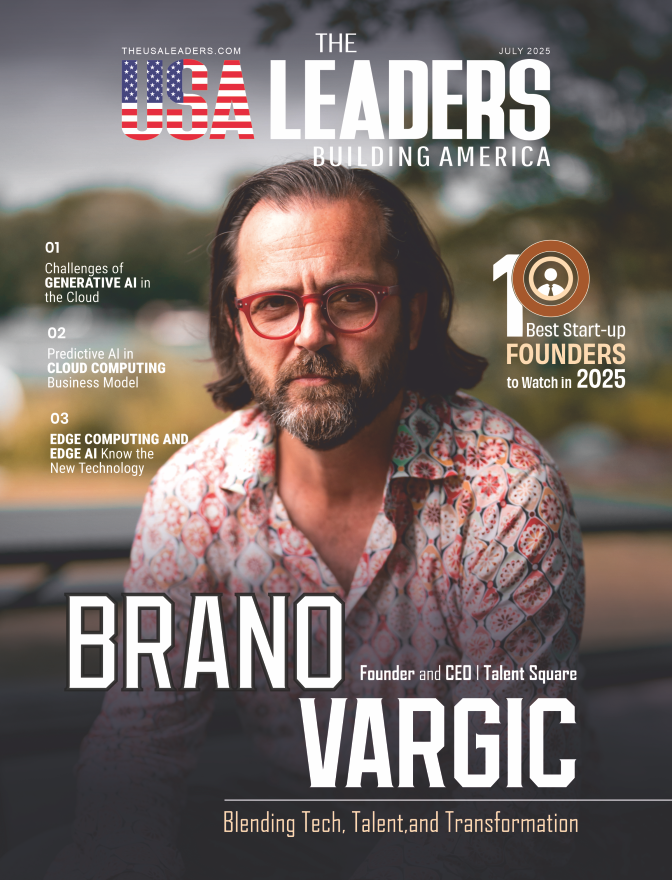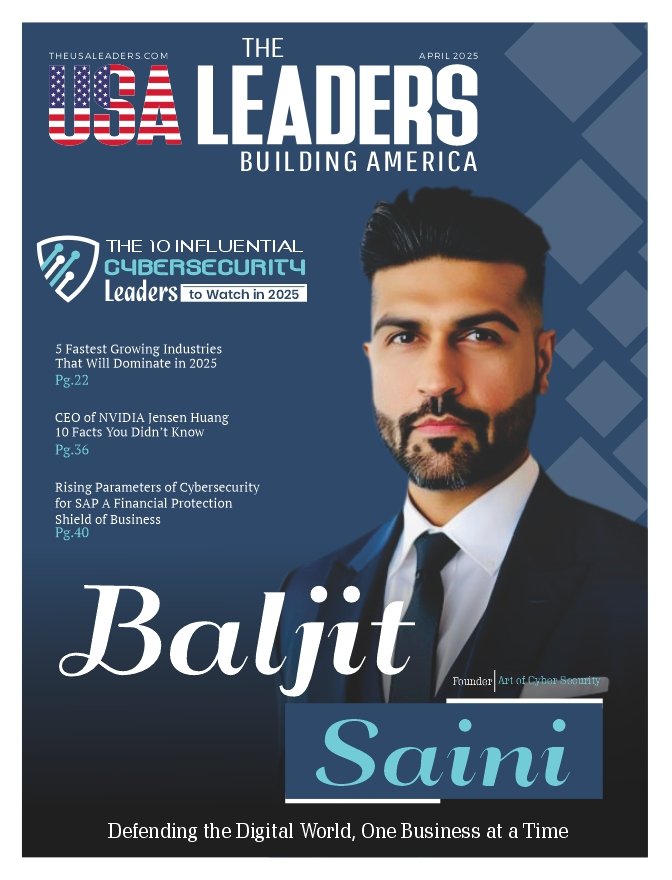Speed has become the new currency of satisfaction. We live in a world where waiting feels like punishment and instant delivery feels like a reward. This shift toward immediate gratification isn’t just changing our expectations but rewiring how we think about value, quality, and satisfaction itself.
The psychology behind this craving for speed runs deeper than simple impatience. Modern technology has trained our brains to expect instant responses, immediate results, and rapid solutions. Whether it’s streaming videos that load in seconds, food delivered within the hour, or services like fast cashouts with crypto that eliminate traditional banking delays, the message is clear: faster is always better.
The Science of Instant Rewards
Our brains are hardwired to prefer immediate gratification over delayed rewards. This preference stems from ancient survival mechanisms where immediate resources often meant the difference between life and death. Today, that same neural circuitry drives our modern behavior patterns.
The psychology behind it is rooted in our brain’s reward system. Dopamine spikes when we receive instant rewards, creating a temporary sense of satisfaction. This neurochemical response explains why instant gratification feels so compelling, even when we know waiting might bring better outcomes.
Research consistently shows that people will often choose smaller immediate rewards over larger delayed ones. This phenomenon, known as delay discounting, affects everything from financial decisions to lifestyle choices. The more immediate the reward, the more valuable it appears to our decision-making processes.
The famous Stanford marshmallow test demonstrated how early preferences for instant gratification can predict future behavior patterns. Children who could delay gratification showed better academic performance and social skills later in life.
Consumer Behavior and Instant Expectations
Modern consumers make purchasing decisions based heavily on delivery speed and service responsiveness. Reviews frequently mention how quickly problems were resolved or orders fulfilled, often rating speed as highly as product quality.
The Amazon effect has spread beyond e-commerce. Customers now expect all businesses to provide tracking information, instant updates, and rapid problem resolution. These expectations apply whether they’re ordering food, booking services, or making major purchases.
Social media has accelerated feedback loops between businesses and customers. Complaints, compliments, and questions all demand immediate responses. Companies that don’t engage quickly often lose customers to more responsive competitors.
Brand loyalty increasingly depends on convenience and speed rather than just product quality or price. Customers switch brands when they find faster alternatives, even if they’re satisfied with their current provider’s core offerings.
The Dark Side of Speed Obsession
While instant gratification brings obvious benefits, it also creates significant problems. Research shows that consistently giving in to the lure of quick rewards can rewire our brains, affecting our capacity for patience and self-control.
This rewiring can lead to poor decision-making in areas where patience would produce better outcomes. Investment decisions, relationship choices, and career planning all benefit from thoughtful consideration rather than instant responses.
The pressure to provide instant responses can reduce quality. Rushed decisions, hasty communications, and quick fixes often create more problems than they solve. The emphasis on speed sometimes conflicts with thoroughness and accuracy.
Mental health impacts include increased anxiety when instant gratification isn’t available. People report feeling stressed when technology doesn’t respond immediately or when they must wait for any reason. This constant state of urgency can be exhausting.
Industry Adaptations to Speed Demands
Businesses across all sectors have restructured their operations to meet instant gratification expectations. Manufacturing has moved toward just-in-time production. Retail has invested heavily in warehouse automation and logistics optimization.
Service industries have redesigned their workflows to minimize customer wait times. Restaurants use kitchen display systems and order management software to reduce preparation times. Healthcare providers implement digital check-ins and automated appointment scheduling.
Financial technology companies have built entire business models around speed. Payment processors compete on transaction times measured in milliseconds. Investment platforms offer instant trading execution and real-time portfolio updates.
Even traditionally slow industries like construction and manufacturing have found ways to accelerate their processes. Prefabrication, modular construction, and advanced project management tools all help deliver results faster than conventional methods.
Workplace and Educational Impacts
The workplace has adapted to instant gratification expectations through real-time collaboration tools, instant messaging systems, and rapid feedback mechanisms. Traditional annual reviews have given way to continuous performance discussions and immediate recognition programs.
Educational institutions struggle to balance instant feedback expectations with deep learning requirements. Students expect immediate grades and responses, while educators know that meaningful learning often requires time and reflection. Behavioral economics research shows that delay discounting applies to educational choices just as much as financial ones.
Modern learning platforms have adapted by providing instant progress feedback, immediate quiz results, and real-time performance analytics. These features satisfy the need for instant gratification while supporting educational goals.
Creating Value Through Strategic Speed
Smart businesses don’t just aim to be fast but strategically choose where speed matters most to their customers. They identify the moments where instant gratification creates the highest value and focus their resources accordingly.
Some companies deliberately slow down certain processes to create anticipation or to signal quality. Luxury brands often use longer delivery times to reinforce exclusivity. Craft producers emphasize the time invested in creating their products.
The key is understanding when speed enhances the customer experience versus when it might detract from it. Not every interaction benefits from instant gratification, and wise businesses recognize these distinctions.
Technology implementation should focus on eliminating friction rather than just increasing speed. Sometimes the most valuable improvement is removing unnecessary steps rather than making existing steps faster.
Future Implications of the Speed Economy
As instant gratification becomes the norm, the definition of instant continues to evolve. What feels immediate today may feel slow tomorrow as technology capabilities advance and expectations escalate further.
Emerging technologies like 5G networks, edge computing, and quantum processing will enable even faster service delivery. These technological advances will likely accelerate consumer expectations for instant gratification across all industries.
The businesses that thrive in this environment will be those that can consistently deliver faster, better experiences while maintaining quality and building genuine customer relationships. Speed alone won’t be enough, but it must be combined with value, reliability, and human connection.
Also Read: 5 Simple Ways To Boost Your Brain Power



